Pan Am Series – Part XLIII: Flying to the USSR – 3
18 August 2014 5 Comments
Москва Часть третья
RESUMING SERVICE TO MOSCOW
After suspending service to Moscow in 1978, Pan American World Airways resumed operations in 1986 under a new bilateral agreement with the USSR signed in January of that year. Negotiations between the US and the USSR had been ongoing prior to the signing and were most difficult due to the shooting down of a Korean airliner by a Soviet interceptor. Eventually the two parties came to an agreement with Pan American getting four flights per week (Aeroflot got two) between New York and Moscow, the right to serve Leningrad (now Saint Petersburg) on the same route and a street-level office in the International Trade Building in Moscow. The agreement also gave Pan American First Freedom (overfly) rights over Soviet territory on flights between Europe and the Indian Subcontinent and also provided a revenue balancing feature whereby upon reaching a 12,000 passenger threshold, Pan American, Aeroflot or both would pay each other $350 per passenger exceeding that threshold.
In the presence of the US Ambassador to the USSR, Arthur Hartman (center) and Deputy Minister of Civil Aviation of the USSR Oleg Smirnov (right), Hans Mirka (left) cuts a red tape after the resumption of air links between the USSR and the USA at Moscow’s Sheremetyevo Aiport on 29 April 1986. (Photo Boris Babanov RIA Novosti)The route was operated by flight 74 with Boeing 747 equipment between New York and Frankfurt and a Boeing 727-200 between Moscow and Leningrad. The return was operated by flight 65, originating in Leningrad. The service, illustrated below from the October 1986 timetable, was operated twice a week.
Boeing 727-235 N4745 Clipper Invincible at Moscow’s Sheremetyevo Airport having arrived on Pan American’s first flight from Frankfurt am Main 29 April 1986. (Photo Boris Babanov RIA Novosti)
Boeing 727-200 at Moscow, 1987. (Photo Daniel Frohriep-Ichihara)
THE BOEING 747 NONSTOP SERVICE
Pan American continued this service until a major breakthrough in 1988: the inauguration of non-stop service between New York and Moscow with the Boeing 747. According to James Yenckel in an article in The Washington Post, the new service was an unusual arrangement whereby both Pan American and Aeroflot offered non-stop Boeing 747 service using Pan American metal operated by a Pan American flight crew and were able to sell up to half the passenger and cargo space each, charging fares at their own rates. Each flight would also carry up to three Aeroflot flight attendants to assist Soviet passengers who could not speak English.
The service was hailed by an Aeroflot official as a “friendship air bridge” and came about as a result of the then improving business climate between the US and the USSR. The new nonstop service did not replace the existing narrow-body service that also included the stop in Leningrad.
On 14 May 1988 Clipper Moscow Express a Boeing 747-121 (N733PA) departed New York in the late afternoon and arrived during the morning hours the next day at Moscow’s Sheremetyevo Airport.
The April 1988 time table listing the new Moscow service effective 14 May 1988.
Clipper Moscow Express arrives at Moscow (top) and the flight crew poses after the historic flight (bottom). (Photos from miniaviamodel.ru)
Pan American promoted the service with advertisements like the above (left). (Image from miniaviamodel.ru) In addition, a ticket office was up and running in Leningrad (right). (Courtesy of Arthur Rindner).
The Boeing 747 was popular with plane spotters in Moscow, as illustrated by the pictures from the website miniaviamodel.ru.
Clockwise from top left: Clipper Neptune’s Favorite, Clipper Fairwind, Clipper Pride of the Sea and Clipper Gem of the Ocean.
The cabin crew also enjoyed the flights (from miniaviamodel.ru):
PROMOTING THE 747 OPERATION: A PERSONAL RECOLLECTION
Elizabeth Hlinko Margulies was working in Pan American’s Public Relations Department and was involved with the initial promotion of the nonstop 747 service. She wrote about her experiences in Pan American World Airways – Aviation history through the Words of its People. Below is an excerpt from her story, “Glasnost Comes to Pan Am”:
“In 1988, Pan Am and Aeroflot joined forces on a partnership in which the two airlines jointly marketed and operated nonstop Boeing 747 flights between New York and Moscow. The Pan Am planes were staffed by Pan Am pilots and cabin crews, while Aeroflot placed flight attendants on board to serve as interpreters and provide branding for Aeroflot. To promote the service, my job was to help organize a media tour of key cities in the United States.
“This was the type of history-making project that, as a recent college graduate working in the Public Relations department, I both relished and found surprising. I use the term “surprising” because unlike my Mom who began working for Pan Am during its magnificent rise, I knew that I was working for an airline that was rapidly on its final descent and we were all holding on for dear life. * * *
“When I was first given the assignment to coordinate this project, I was gently ‘warned’ by some of our Eastern European experts that my life would likely be gone over with a fine tooth comb and that I shouldn’t be surprised if I noticed government type agents following me. I would, after all, be hosting possible Communists in the U.S. To this day I have no idea if that was a real warning or paranoia from colleagues, but since I didn’t have anything to hide the idea never really bothered me. In those days, I didn’t know if satellite media tours even existed, or if they did, I’m sure they were too costly to consider for promotional projects like this, so ours was a good old fashioned, pound the pavement series of in-person TV and radio interviews in various cities. A Pan Am flight attendant and an Aeroflot flight attendant were chosen to represent the partnership. The Aeroflot flight attendant was accompanied by her ‘escort’…a marketing executive from Aeroflot in Moscow, and I was the Pan Am organizer.
“The tour itself was a success, generating substantial media coverage for the partnership. I would like to think that the friendship between the two flight attendants from different worlds came across loud and clear during the interviews. I’d also like to think that their camaraderie helped to convince people to travel to the U.S.S.R. on this Pan Am-Aeroflot joint venture.
“The story could end here…a successful U.S. media tour, good media coverage…but it doesn’t. In the new era of open discussion and free dissemination of news and information, Aeroflot informed us that they wanted to host a similar media tour of the Soviet Union. For me, this truly was an experience of a lifetime. * * *
“Imagine my surprise when during the first press conference in Moscow, the reporters turned to me and asked questions like, ‘how much money do you make?’ and ‘are you married?’ I truly was not prepared for these questions, or for having my photo and interview appear in Russian newspapers. But, after all, this was still the early stages of a new freedom for the Russian people, so looking back now I probably shouldn’t have been surprised at some of the questions.
“The rest of the trip was both remarkable and eye opening. I remember being in a hotel room in Moscow with the Pan Am flight attendant as we discussed how much we would like to find some fresh flowers to cheer up the room. We went out for a walk, looking for flowers only to find vases with fresh flowers in our rooms when we returned. It certainly felt like Big Brother was watching!
“Another memory that’s etched into my brain is when the Aeroflot marketing executive slipped me a couple of dollars and asked me to go into one of the hard currency stores to buy film so she could take photos of us on the trip. Apparently it was illegal for Russians to have hard currency or even go into a hard currency store. Truly eye opening.
” * * *I can say is that I was extremely grateful for the fact that Pan Am operated those joint venture flights…especially the flight that carried me back to New York after my amazing Russian experience.”
Pan American continued operating the non-stop service as well as the 727 service to Moscow and Leningrad until November 1991 when Delta took over Pan American’s European operations.
THE 1990 US-USSR BILATERAL AGREEMENT
During 1990, negotiations between the US and the USSR resulted in a new bilateral air services agreement that opened new destinations at both ends and including both transpacific and transatlantic services. The new destinations included Anchorage, San Francisco, Chicago and Miami in the US and on the USSR side, the Ukrainian city of Kiev, Magadan and Khabarovsk in the Soviet Far East, Tbilisi in Soviet Georgia and Riga in Latvia.
The new agreement also provided that, after 1 April 1991, up to four additional US passenger airlines and up to two all-cargo airlines would be authorized to fly to the Soviet Union, and also provided that the USSR expand Aeroflot’s schedule or establish new airlines to compete with Aeroflot on the US routes.
PAN AMERICAN: THE “CHOSEN INSTRUMENT”
If there was any route in Pan American’s history that could be designated as a “Chosen Instrument” route, the US-USSR could be that route. Pan American was the selected airline because it was recognized as the primary US-flag carrier as exemplified by the USSR’s aviation officials making the initial contact directly with Juan Trippe. After reporting the contact to the US State Department and the Civil Aeronautics Board, Trippe was authorized to negotiate with the Soviets on key issues on an air services agreement between the two countries. However, it can be reasonably concluded that in the end, political considerations were the basis for the final agreement between the two countries and both Pan American and Aeroflot were instruments of those considerations, and therefore instruments of both countries’ foreign policy, hence, the “Chosen Instrument”.
For Pan American, a private enterprise as opposed to the state-owned Aeroflot, the operation was a money loser and the competition was not on a level playing field. Quite simply, Pan American could not sell tickets in the USSR. Under the Airline Deregulation Act, there was a provision for airlines to receive a subsidy for operating into small markets, known as the “essential air services” subsidy. Unfortunately, there was no similar provision for a US flag carrier operating at an economic disadvantage in an international market at the government’s bidding. Pan American was never subsidized and eventually suspended the losing operation but did so when US-USSR relations were souring. It was not until relations began to improve between the two countries in the late 1980s, did the service resume in 1986, crowned with the 747 non-stop service in 1988.
For additional information about Pan American World Airways:
To learn more about the history of this pioneering airline, click on the title below for preview of
Pan American World Airways – Images of a Great Airline Second Edition.
This book is available on eBay .
Another excellent book is Pan Am – Personal Tributes to a Global Aviation Pioneer, which was published to commemorate the 90th Anniversary of Pan Am’s founding. It contains more than 80 stories written by former Pan Am employees and international media friends who had personal experience with many of Pan Am’s key events during its history. It is the perfect companion to Pan American World Airways – Images of a Great Airline Second Edition and can be purchased on Amazon.
Preview Pan American World Airways – Aviation History Through the Words of its People, which is available on Amazon.
For further information about the history of Pan American World Airways, visit: Pan Am Historical Foundation
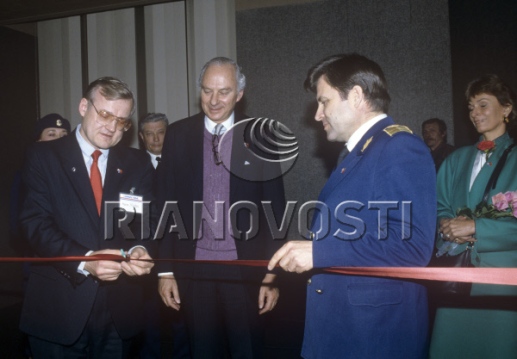



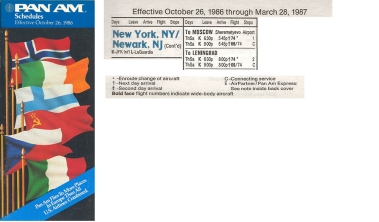

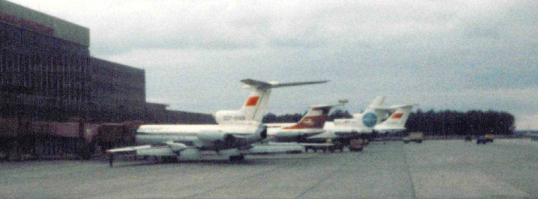
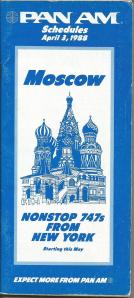
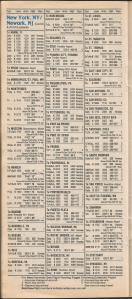
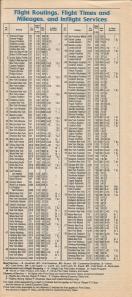
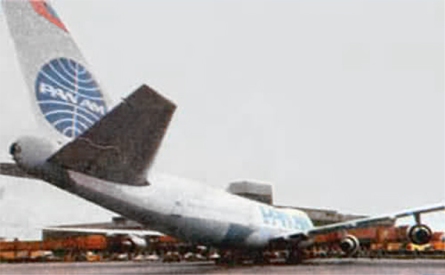
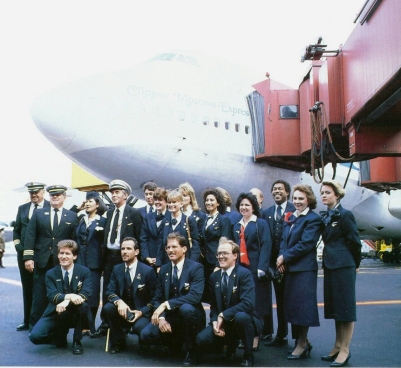

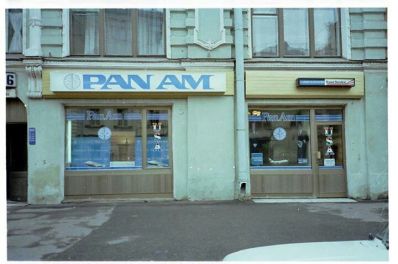
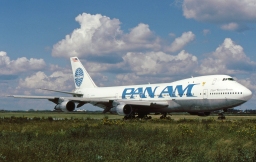
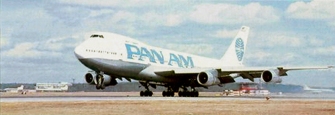
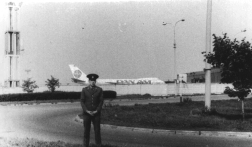

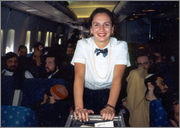
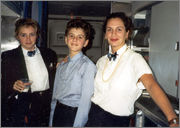
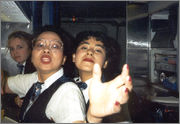

Recent Comments